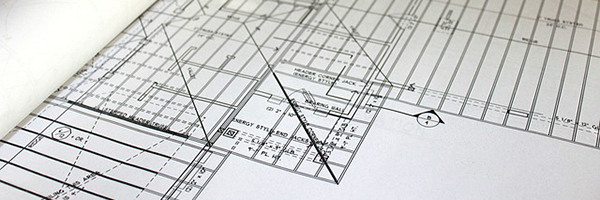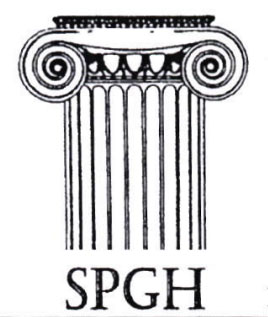 The SPGH is registered with the Internal Revenue Service as a 501(c)3 organization to support the preservation of historic structures. This is the basis for the charitable tax deduction that is available to donors.
The SPGH is registered with the Internal Revenue Service as a 501(c)3 organization to support the preservation of historic structures. This is the basis for the charitable tax deduction that is available to donors.
Proposed projects are reviewed by the SPGH for conformance to the requirements for eligibility. The Preservation Grant Agreement documents the improvements to the House’s property that have been specifically approved by the SPGH. The SPGH may, at its discretion, request documentation of work.
It is the responsibility of the recipient organization to ensure that the grant monies are used as specified by the Preservation Grant Agreement. Deviation from the agreement may result in loss of the donor’s tax deduction. In the event of legal action, the recipient organization is responsible for its defense.
All SPGH preservation grant applications will be judged with reference to the Secretary of the Interior’s ‘Standards for Rehabilitation”(36 C FR 67).
Rehabilitation is defined as the process of returning a property to a state of utility, through repair or alteration, which makes possible an efficient contemporary use while preserving those portions and features of the property which are significant to it’s historic, architectural and cultural values. The Society can provide you with a copy of the standards if you request them.
Benefits of Membership in Society for the Preservation of Greek Housing
- Ability to raise tax-deductible funds from your alumni for qualified restoration/renovation projects. The Society may provide grants for:
- Health and safety code requirements that do not result in the loss of character-defining spaces, features and finishes;
- Major structural rehabilitation or restoration
- Exterior rehabilitation or restoration;
- Interior restoration or rehabilitation.
In this regard grants could be given for sprinkler and alarm systems, bathroom renovations, kitchen fire-suppression equipment, HVAC system renovations, enclosed egress stairways, porch and patio renovation or restoration.
- Help with archiving chapter house blueprints and drawings.
- Reduced costs of research and application for National Register of Historic Places status for your chapter house.
- Networking with concerned alumni and university administrators dedicated to preserving Greek life on your campus.

Rules SPGH Must Follow – “Standards for Rehabilitation”
In meeting the ten standards set forth by the Secretary of the Interior, the Society will give consideration to the following priority of preserving options:
Identifying, retaining and preserving the functional and decorative features that are important in defining the overall historic character of the building.
Protecting and maintaining features through appropriate surface treatments such as cleaning, rust removal, limited paint removal, and re-application of protective coating systems.
Evaluating the overall condition of materials to determine whether more than protection and maintenance are required, that is, if repairs to the features will be necessary.
Repairing features by patching, piecing in, consolidating or otherwise reinforcing the features using recognized preservation methods. Repair may also include the limited replacement in kind, or with compatible substitute materials, of those extensively deteriorated or missing parts of features where there are surviving prototypes.
Replacing in kind an entire feature that is too deteriorated to repair-if the overall form and detailing are still evident to guide the new work. If using the same kind of materials is not technically or economically feasible, then a compatible substitute may be considered.
Designing and installing new features when historic features are completely missing. The replacement features may be an accurate restoration using historical, pictorial and physical documentation; or be a new design that is compatible with the historic character of the building, district or neighborhood.
Alterations or additions should be compatible with the overall design of the building, inconspicuous from the public right-of-way, designed not to damage or obscure character-defining features, and, done in a manner that makes clear what is historic and what is not and is new.
